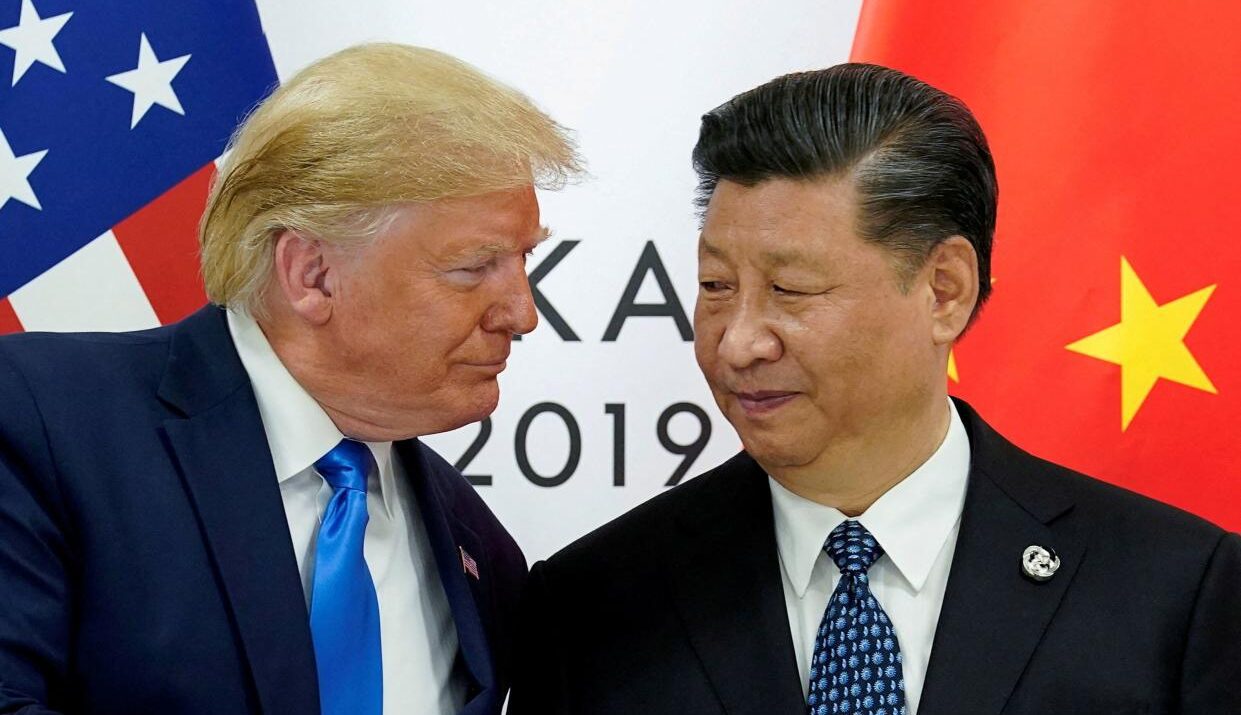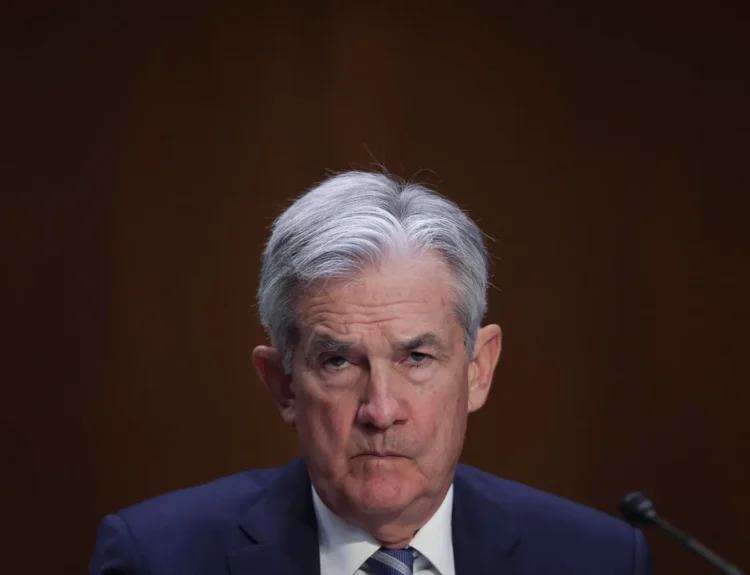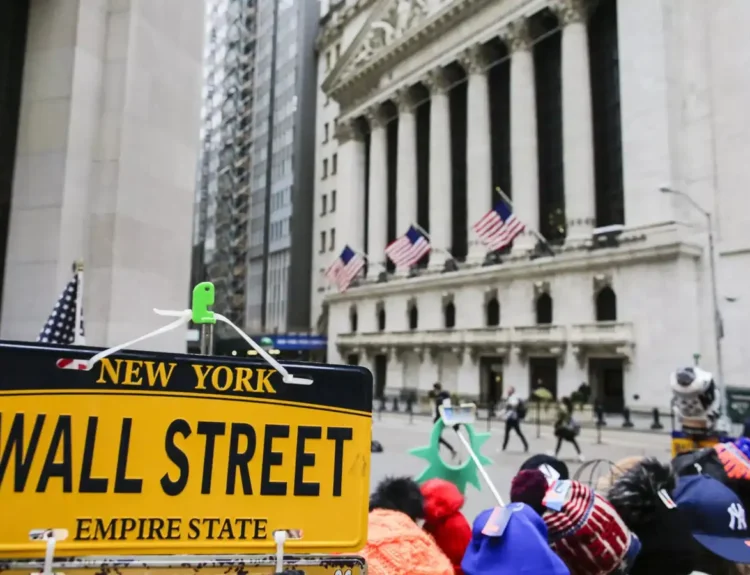After months of growing tension, the U.S. and China reached a breakthrough during their two-day economic and trade meeting in Geneva, culminating in a formal joint statement on Monday.
The key commitments:
US Tariffs Cut: U.S. will temporarily lower tariffs on Chinese goods from 145% down to 30% for a 90-day period. A 10% base tariff will remain in place, along with a 20% fentanyl-related import levy.
China Tariffs Cut: China will reduce its tariffs on U.S. goods from 125% to 10%, also for 90 days, and will drop recent non-tariff retaliatory measures.
Both sides say these changes mark the beginning of a more stable phase in economic relations, with further talks to follow. Both parties pledged that these actions will take effect no later than May 14, 2025.
New Talks Mechanism to Ensure Continuity
In a rare display of diplomacy, the joint statement also introduced a bilateral consultation framework. The goal: to ensure sustained progress and address outstanding economic concerns.
- China’s lead: Vice Premier He Lifeng
- U.S. leads: Treasury Secretary Scott Bessent and Trade Representative Jamieson Greer
- Future meetings may rotate between China, the U.S., or third-party countries
- Working-level consultations will be conducted “as required”
This agreement marks the first meaningful de-escalation since the U.S. imposed sweeping tariffs under Trump’s “Liberation Day” initiative.
White House Statement: “The U.S. and China do not seek economic decoupling.”
By establishing a direct channel for dialogue, both countries are signalling a return to economic pragmatism, even while maintaining a firm stance on key issues like fentanyl trade and industrial policy.
What to Watch Next
- May 14, 2025: Deadline for tariff rollback implementation
- June–August: First round of working-group meetings expected
- Mid-August: Review of the 90-day truce terms — may lead to extension or a more permanent framework
The Geneva meeting may not have ended the trade war — but it has reset the clock.










